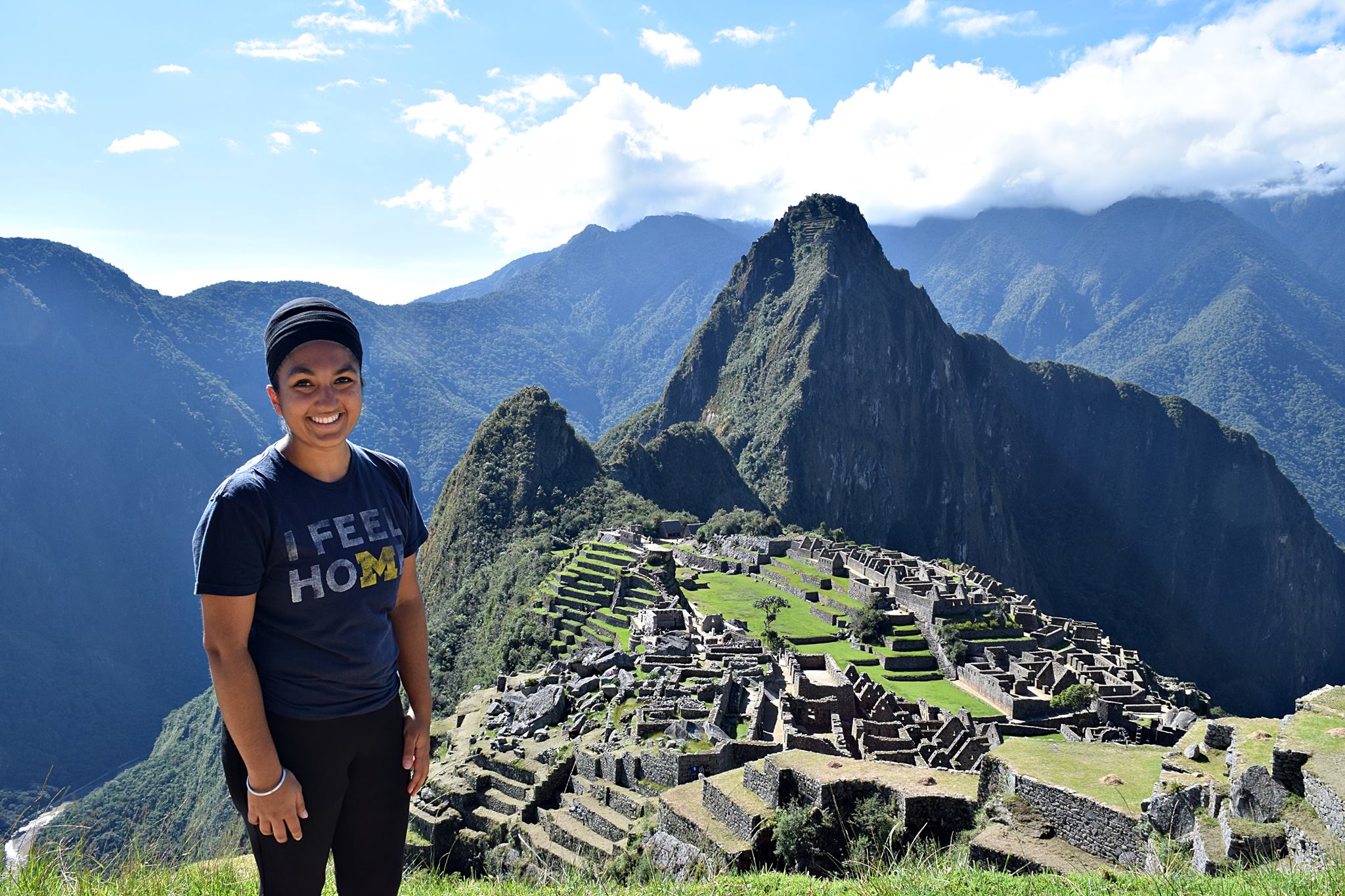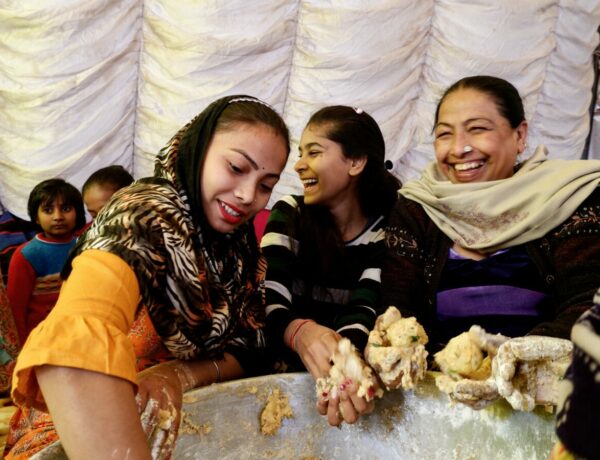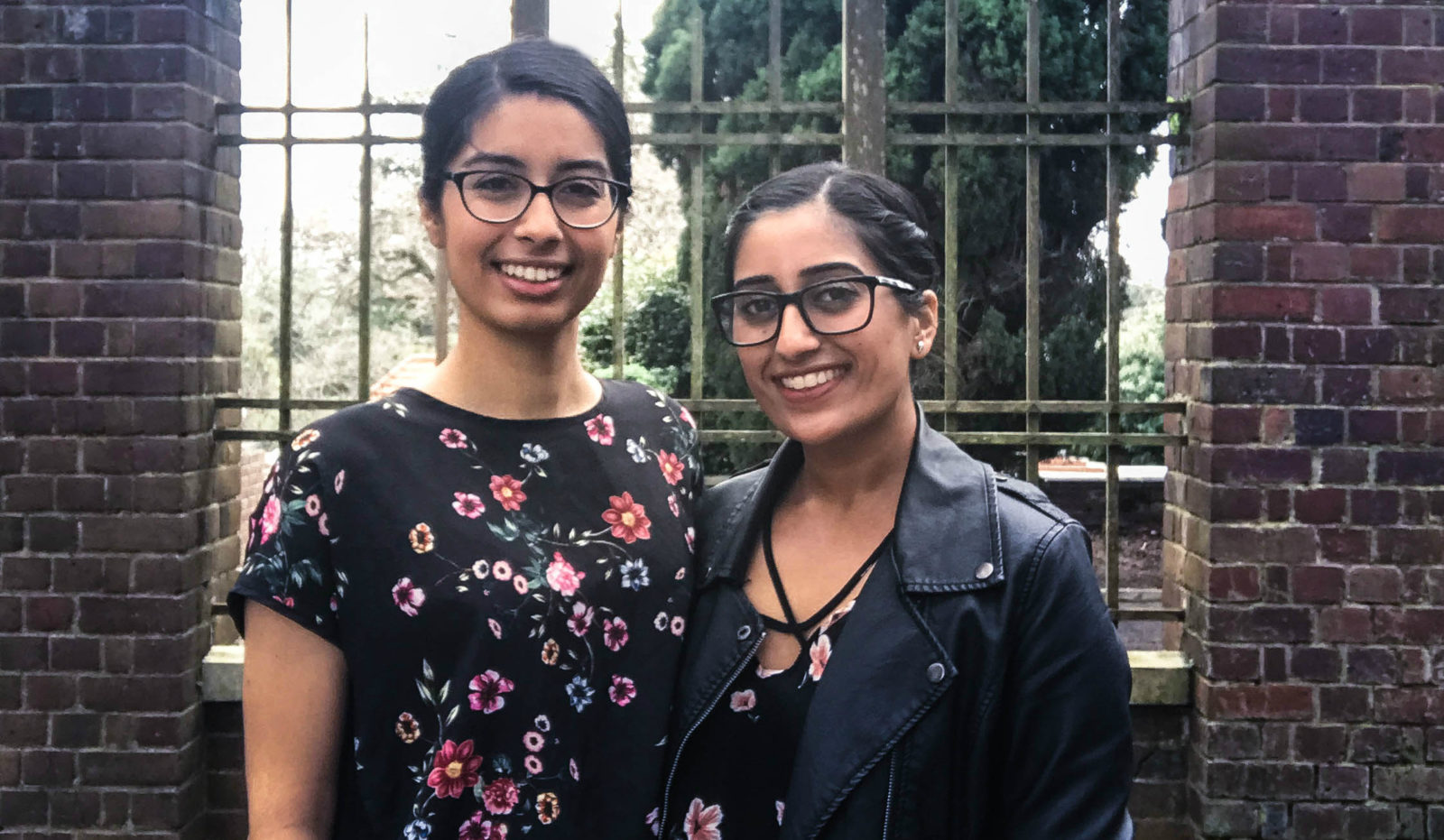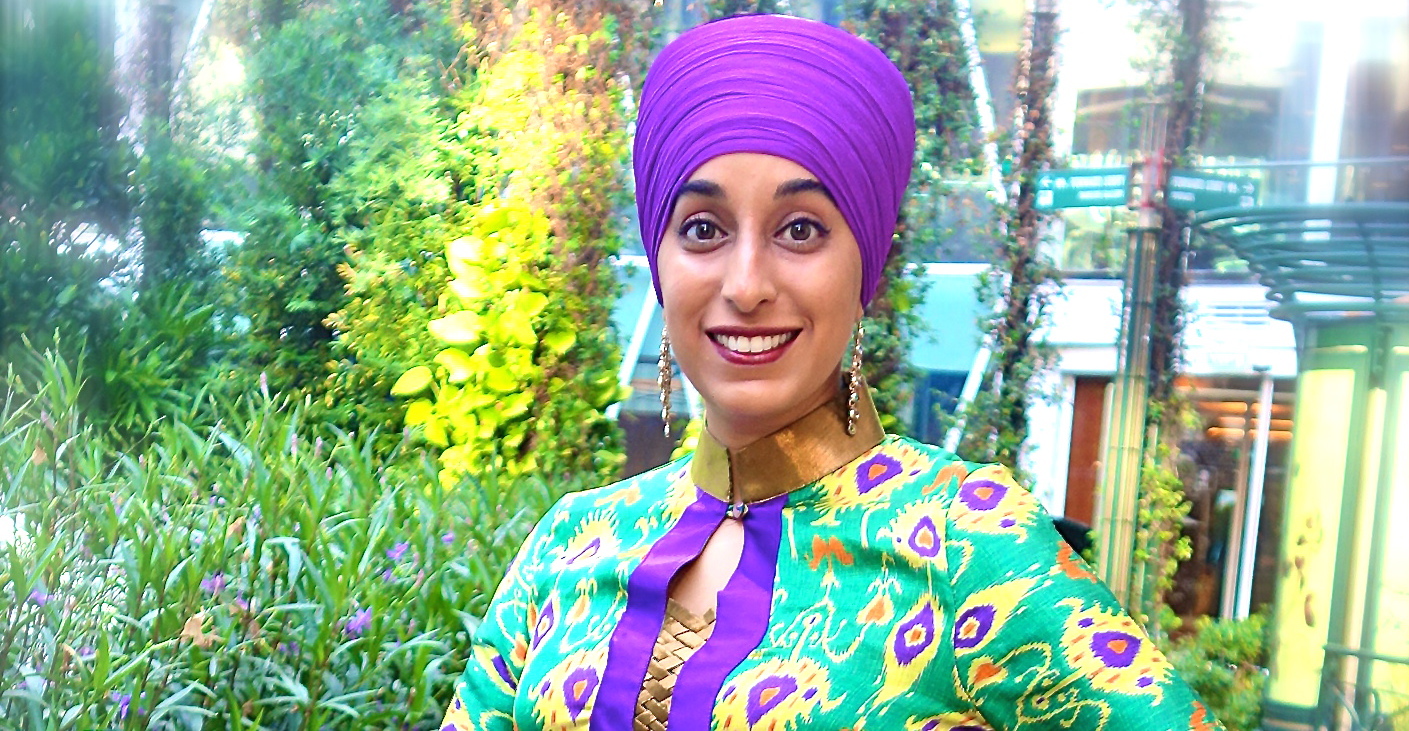On August 28, 2015, Harleen Kaur packed her bags to travel the world, solo, for an entire year. Kaur Life sat down with Harleen to learn about her adventures. In part two of this two-part series, Harleen discusses other people’s perception of her dastar, the evolution of her Sikhi, Sikh communities in different countries, and gives advice to other Kaurs who want to see the world. Did you miss part one? Read it here and learn about Harleen’s motivation, how the local sangat challenged her travel plans because she is a woman, and the highlights of each of the 13 countries she visited.
How did people react to your dastar?
Looking back, I actually can’t recall any large incident with my dastaar. I recall that, when I was leaving Asia for Latin America, I realized that I would no longer be able to pass as local. Although Latin America is immensely diverse, I assumed that my dastaar would immediately tip me off as a foreigner. However, I had several conversations—as often as two to three times a week—when individuals would ask me which Latin American country I was from. My dastaar didn’t mean anything to them, because of how much they’ve accepted their own diversity, in a lot of ways better than we have in the US.
On the other hand, I think it did shape my experience a bit more in Asia. In India, once people realized I am American, they would ask me if I wear a dastaar here too. It was shocking to them that I was okay with being so visibly different in the States. Interestingly enough, when I was in largely Muslim spaces—especially in Sri Lanka—I was mistaken for Muslim because of my dastaar.
Describe the Sikh communities in each country. Did anything surprise you?
This is very hard to answer briefly as I’m basically pursuing an entire PhD on this topic. But, short answer, yes, I was very surprised. Growing up, I moved around the US a lot and also attended Sikh youth camps and events all over the country (and in Canada, as well). So, I already had inklings that the way Sikhs view their identity and Sikhi changed based on their environment, the size of the community, their education and social class, etc. However, seeing the Sikh diaspora in Asia and interacting with these individuals was fascinating to me. Perhaps the biggest surprise was seeing the fluidity in how Sikhs viewed their identity, and the distance in relation to Punjab. I recall, in a conversation with some Malaysian Sikhs, I was asked, “Why do you all care so much about Punjab? What is it to you?” This shocked me because Punjab and its politics were so central to how I was raised.
I also felt differences in what mattered in terms of being a Sikh. In Asia, I felt there was less of an assumption (vs the US) that “good Sikhs” are only people who maintain their identity. Perhaps this was because of the different structuring of the community. Although they were still minorities, the core of Sikh values are similar to the core of Asian values. This left them less distanced from their communities than we are in the US.
How did this trip affect your Sikhi?
My Sikhi had been shifting and evolving for some time, as it should be throughout our entire lives. I think the largest change this trip created was my dependence on sangat. Prior to this trip, I largely placed the context of my Sikhi on my community and the way I practiced Sikhi with them. My upbringing was rooted in camps, speech symposiums, keertan lessons, khalsa school, and more. I thought that Sikhi without a sangat was impossible. Yet, Gurbani talks about how our most important relationship is with ourself and Waheguru, and I learned that over the last year, as I was without a sangat for most of it. I shifted my Sikhi towards something that is guided by others, but largely focused on my own understanding and development of myself and my place in this world. It is one that puts my relationship with myself before everything else because it is through self-love and understanding that I can develop a relationship with Waheguru.
How did this trip affect your future plans?
Although my goals of the kind of impact I want to make in the world have stayed the same, this trip changed the way I want to do it. This past year was the first time since the age of 2 that I was out of school, and that only made me realize how much I want to be in that setting. I also started to see the ways in which education and a deeper understanding of systems and societal phenomena can influence our impact. Finally, the more connections I made between my own experiences and the things I saw and learned, the more I wanted to build on those connections. All of this has led me to return to school for a PhD, which I hope can lead me to having more of these conversations with students, colleagues, and using them to influence national policy.
What’s your advice to other young Kaurs who want to go abroad?
Do it. Absolutely do it. Although I feel that my family, immediate and extended, has done a wonderful job of pushing against typical Punjabi ideas of what women should aspire to, nothing was more empowering of my identities and beliefs than this trip. I never realized what I was truly capable of until I completed this Fellowship, and it was because it included some of the most challenging experiences of my life. And yet, I did it, and all on my own. As Kaurs, our community and society often teach us that our existence is meant to support the goals of those around us. Doing something like this is doing something entirely for yourself and that is the most important thing you can do as a young woman.
You can get a more in-depth look at Harleen’s trip on her blog.




